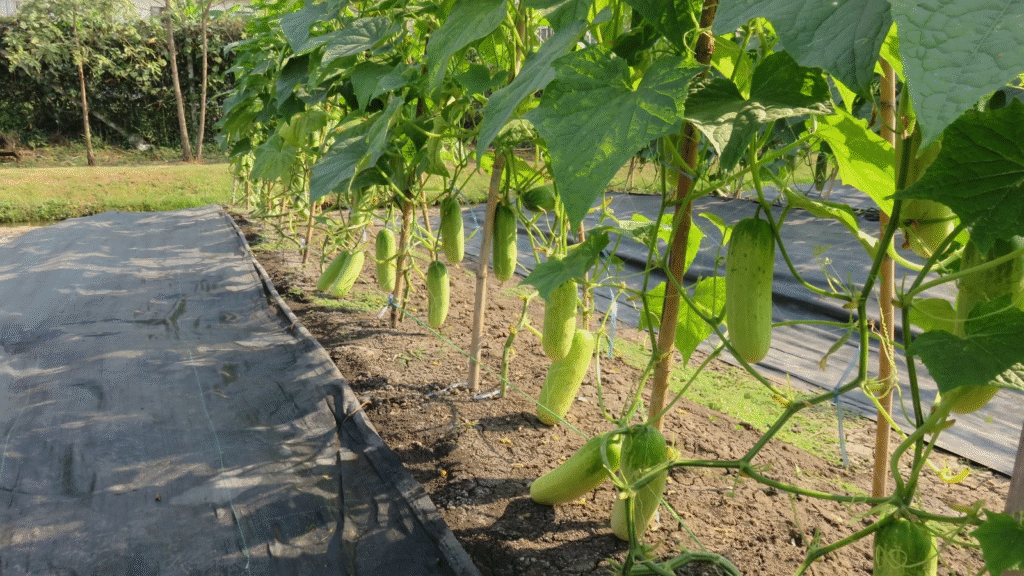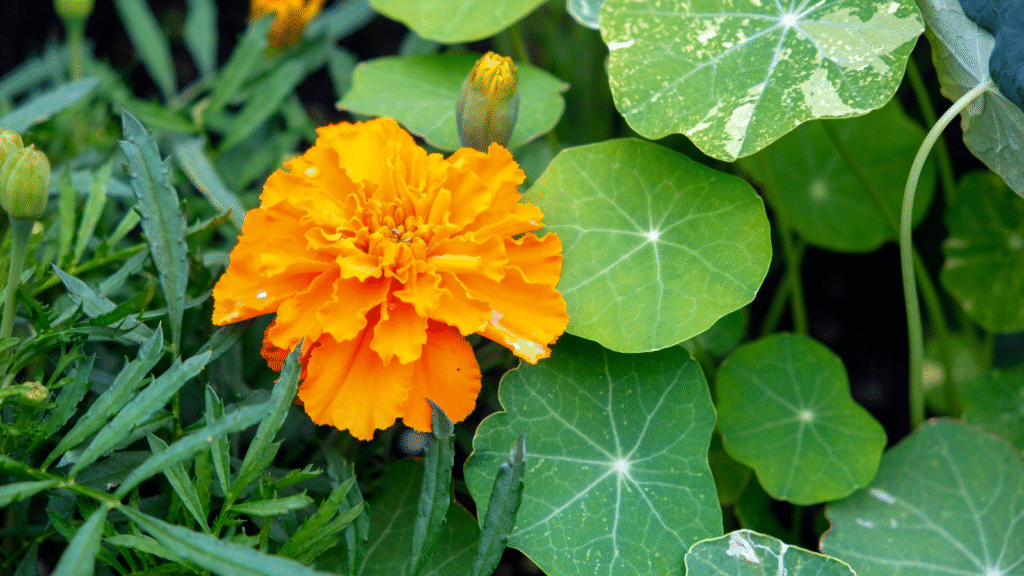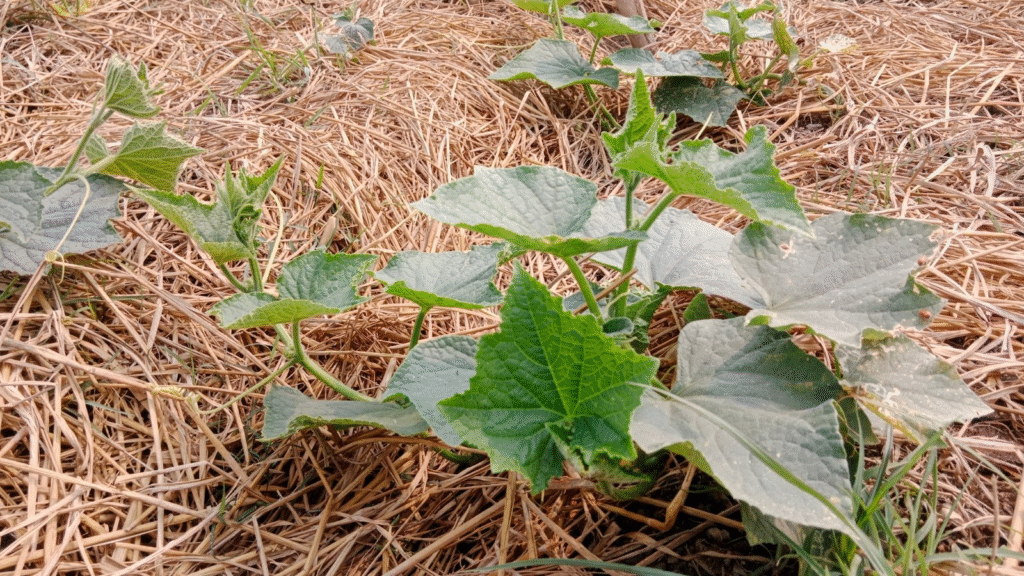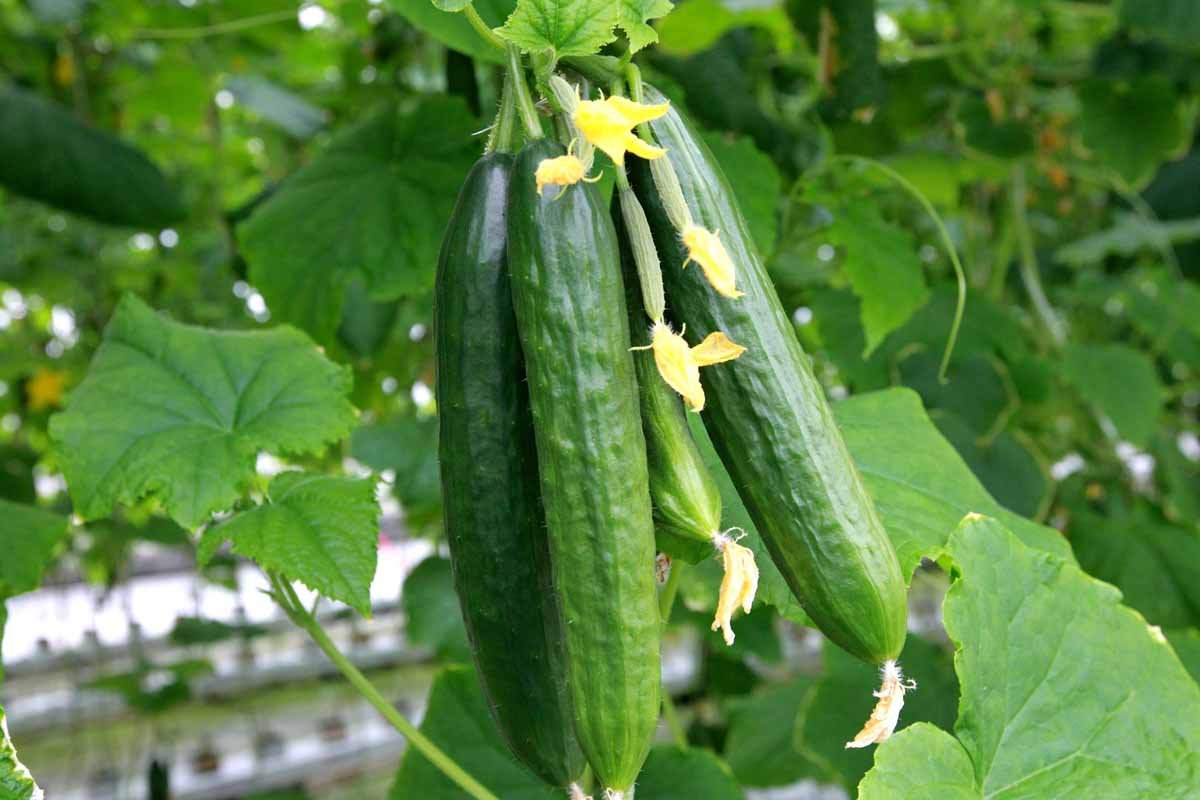Cucumbers, whether sliced or pickled, are summer garden favorites—easygoing vines that produce abundantly. With a few key care tips, you can boost yields and keep plants thriving. Gardening expert Katherine Rowe shares her top advice for enjoying fresh, crisp cucumbers straight from the vine.
From heirloom varieties to modern compact hybrids, pickling to slicing types, cucumbers add a refreshing crunch to the summer garden. These vining plants are simple to grow and produce multiple fruits per plant, whether they’re climbing, sprawling, or growing in a bushy form. You don’t need many plants to enjoy a generous harvest.
Thanks to their versatility in both the garden and the kitchen, Cucumis sativus is a favorite to grow from seed as spring warms up. With a little attention to their needs, cucumbers reward you with vigorous growth, high productivity, and that satisfying crispness we all love in summer.
Avoid Transplant Disturbance

Since cucumber roots are delicate and easily disturbed, direct sowing helps prevent transplant shock. The first step to healthy plants is establishing strong seedlings. Their sensitive roots don’t like being moved, so planting them right where they’ll grow minimizes stress.
You can start seeds indoors a few weeks before the last frost, but if you do, use biodegradable pots or soil blocks to protect the roots. Keep indoor time short to avoid long taproot development, which makes transplanting trickier. Otherwise, wait until at least two weeks after frost—or when soil temps hit 60°F (16°C), ideally 70°F (21°C) or warmer—to sow directly.
When weeding, be gentle to avoid damaging the shallow lateral roots. Lightly remove weed seedlings as they appear to reduce competition for sunlight, water, and nutrients.
Wait for Warmth

Cucumbers thrive in warmth—cold soil slows germination, and even a light frost can kill them. Patience pays off; rushing to plant in chilly spring conditions leads to sluggish growth.
Wait until soil temps are above 60°F (16°C), though they prefer 70–90°F (21–32°C). Long summer days and warm nights encourage strong roots and vines. Give them full sun—at least six hours daily.
Go Vertical to Maximize Space

Neatly spaced cucumber plants climb a sturdy trellis, their large green leaves and curling tendrils reaching upward.
Growing cucumbers vertically saves space, helps fruits grow straighter, and makes harvesting easier. A five-to-six-foot trellis with sturdy crosswires works well for training vines.
Benefits of vertical growing:
- Space-saving – Ideal for small gardens, balconies, patios, or containers.
- Better airflow – Keeps leaves and fruits off the ground, reducing dampness and fungal risks like powdery mildew.
- Easier pest scouting – Insects like cucumber beetles are simpler to spot and manage.
- More sunlight – Even light exposure improves fruit skin quality and overall growth.
Dwarf varieties, like ‘Spacemaster 80’ (great for slicing or pickling) and ‘Quick Snack’ (perfect for small pots), don’t need staking and still produce full-sized cucumbers.
Prune for the Best Yield

Bush types don’t need much pruning, but vining varieties benefit from strategic trimming. Pinch off suckers (side shoots) near the main stem to encourage more female flowers—and more fruit.
Start pruning when plants are under three feet tall. After that, let them grow if space allows, or keep trimming for better airflow. Also, remove the lowest blossoms on the first two to three feet of the stem to focus energy on vine and leaf development first.
Boost Pollination

Sometimes, cucumbers produce misshapen fruit due to poor pollination. Since they have separate male and female flowers, they rely on insects to transfer pollen.
How to help:
- Plant pollinator-friendly flowers (nasturtiums, marigolds, beebalm) nearby.
- Hand-pollinate using a small brush to transfer pollen between blooms.
- Newer seedless varieties are self-fruitful and don’t need cross-pollination.
Companion plants like nasturtiums and marigolds also deter pests while adding beauty to the garden.
Don’t Overfertilize

Too much nitrogen leads to lush leaves but fewer fruits. Start with nitrogen-rich fertilizer for early growth, then switch to a phosphorus-heavy option (like 5-10-10) to encourage flowering.
At planting, mix in compost for rich, well-drained soil. Use fish emulsion early on, then transition to a veggie-specific fertilizer. Avoid excess nitrogen later in the season.
Watering Correctly

Keep soil consistently moist—about 1–2 inches of water per week (rain included). Uneven watering causes stress and issues like blossom end rot (a dark, rotting spot on fruit).
Prevent problems by:
- Watering at the base (drip irrigation is best).
- Adding bone meal at planting for calcium.
- Maintaining slightly acidic soil (pH 6.0–6.5).
Watch for fungal diseases like powdery mildew. Improve airflow, avoid wetting leaves, and disinfect tools after pruning.
The Value of Mulch

Mulch (straw or compost) helps retain moisture, suppress weeds, and regulate soil temps. Wait until soil reaches 75°F (24°C) before applying.
Bonus: Mulch also deters pests like cucumber beetles, which spread bacterial wilt. Scout regularly and use pyrethrin sprays if needed.
Picking at Peak Harvest

Ripe cucumbers are firm, uniformly green, and best picked before they get too large. Overripe ones turn yellow at the blossom end and taste bitter.
Check seed packets for “days to maturity” (usually 50–70 days). Harvest often to encourage more production!

